Create your own rainbow water glass xylophone using a few simple supplies. Learn about how sound waves travel, how different pitches are produced, and have fun playing on your own homemade water glass xylophone musical instrument!
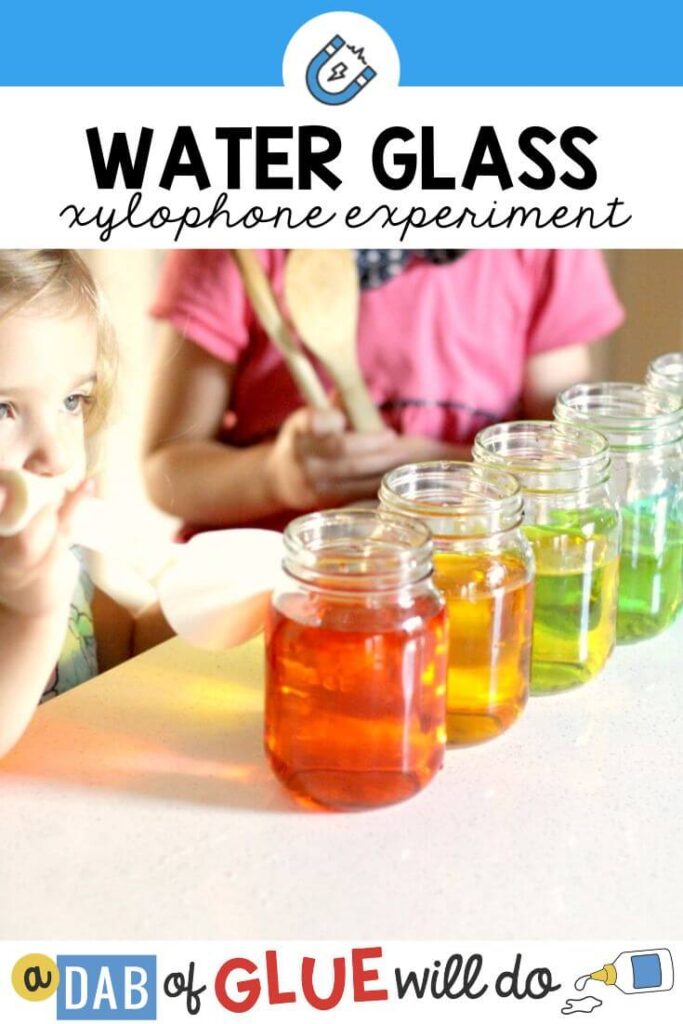
Getting Ready
Making a water glass xylophone is so easy. To begin, we gathered the following supplies:
- 8 identical drinking glasses or mason jars
- Water
- Measuring cups
- Food coloring
- Plastic spoon
- Wooden spoon
We arranged the cups in a straight line. In the first glass we measured 1 3/4 cups of water, then 1 1/2 cups of water in the second glass, 1 1/4 cups of water in the third glass, and so on. We decreased the amount of water by 1/4 cup in each glass, leaving the last glass empty.
Once we measured water into each glass we used food coloring to dye the water all the colors of the rainbow: red, orange, yellow, green, blue, and purple. By the time we were done we had a rainbow water glass xylophone!
Water Glass Xylophone
The kids used a plastic spoon to tap on the glasses. They were amazed to hear that each glass sounded different!
They took turns using different tools to tap the glasses with. Wooden, metal, and plastic spoons were some of their favorite tools to use as mallets.
They quickly noticed that the glass containing the most water produced the lowest pitch while the glass with no water in it produced the highest pitch. I asked them to think about why this would be the case. They came up with a hypothesis as they continued experimenting.
The kids tapped the glasses from the side and from the top. They even had fun tapping them with their palms and fingernails. It was interesting to notice how the pitch was slightly different with each kind of tap.
The kids loved trying to figure out how to play simply melodies like “Happy Birthday” and “Twinkle Twinkle Little Star” on the water glass xylophone. It was so fun!
The Science Behind the Music
When a mallet taps the glass, the water inside the glass vibrates. The pitch of the sound depends on the speed of the vibrations. Since the glass with the most water slows down the vibrations the most, it produces a lower pitched sound. The glass with no water in it produces the highest pitched sound because the sound waves can move quickly through the air into our ears.
Sound is simply vibrations that move through a medium that our brains interpret into noise we hear. When a glass is tapped with a spoon the vibrations travel from the glass to the water, then through the air to our ears. It all happens so quickly!
Making a water glass xylophone incorporates principles of science, math, design, music, and engineering, making this a must-do activity for every home and classroom.
Need More Science Ideas?
Want science planned for you ALL YEAR LONG?!
Do you want science planned for the ENTIRE CALENDAR YEAR!? This Endless Science Mega Bundle will save you so much time and keep your students engaged and excited about learning. This amazing resource contains 53 science topics including life science, physical science, earth science, and animal studies.

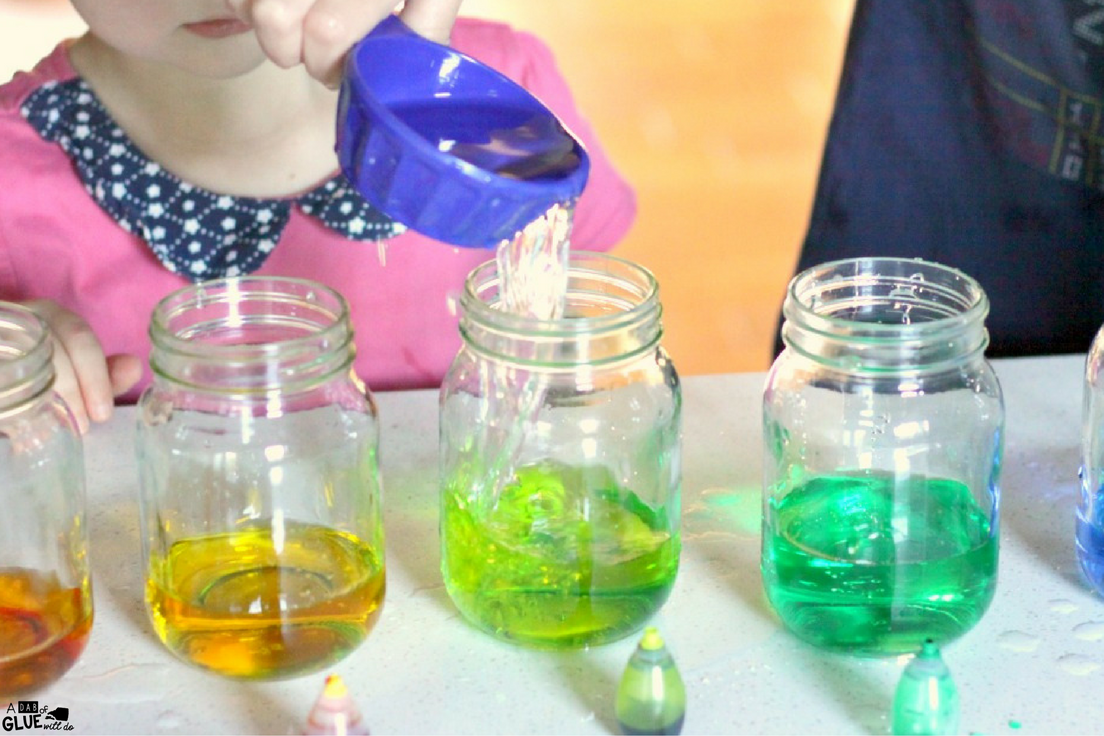

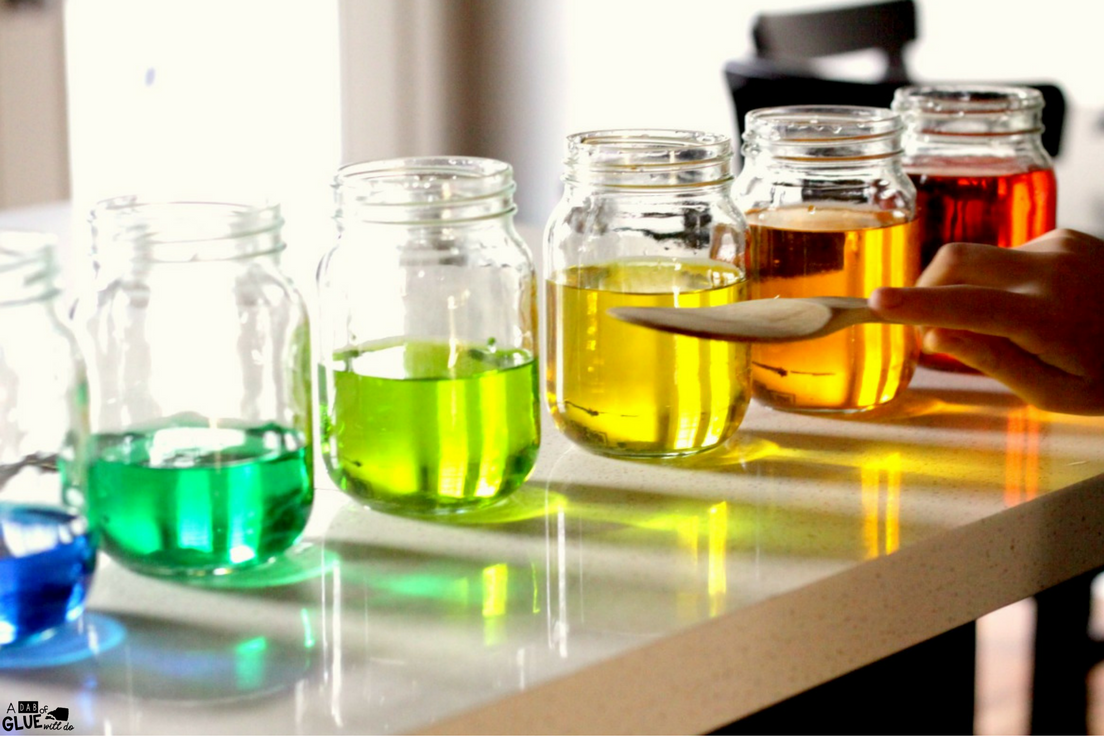
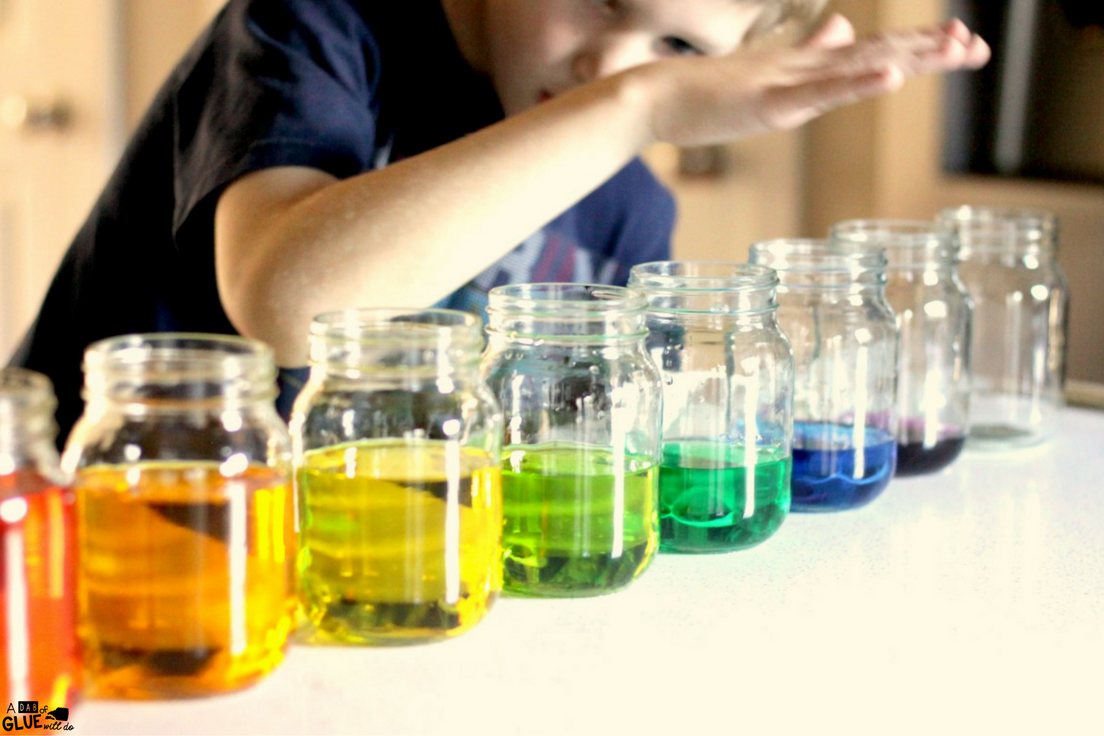
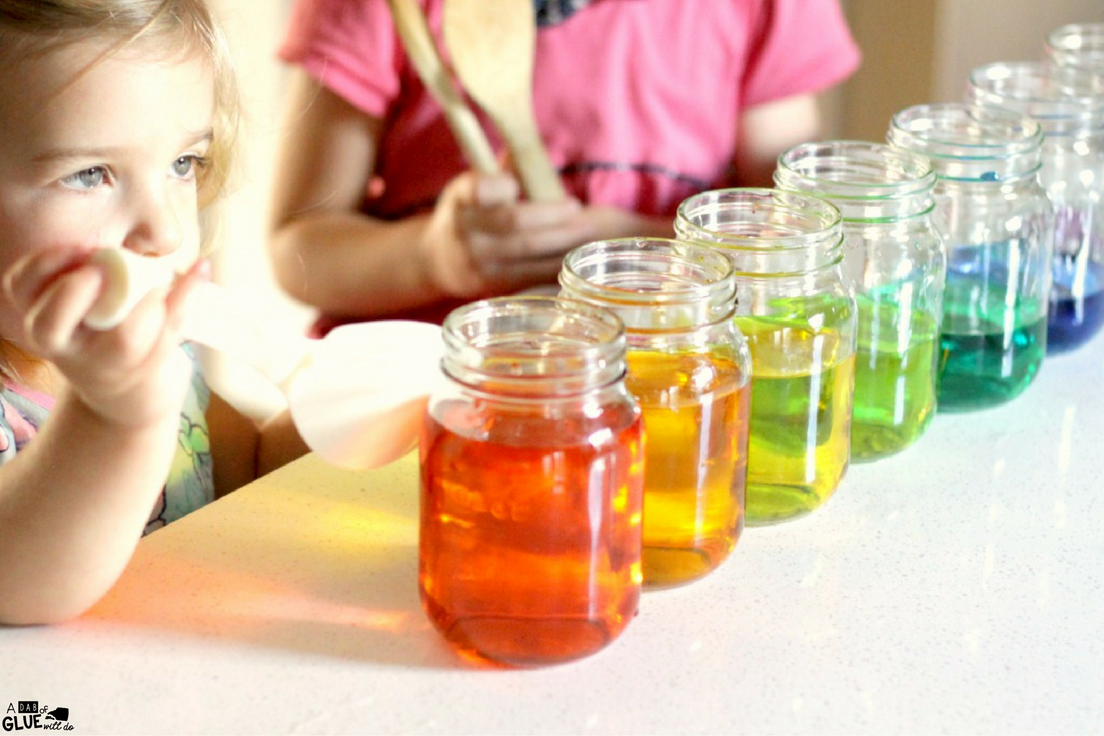
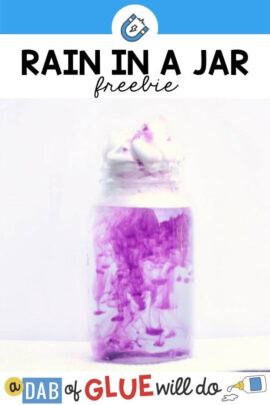
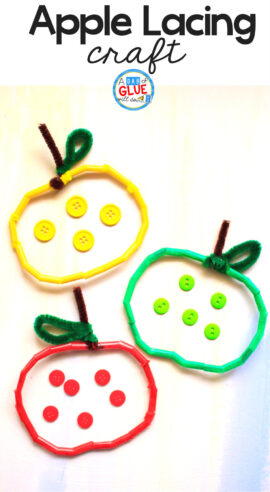

How many ounces if the Masonjars?
You can use about 4 ounces. Thanks!
Hi Jennifer,
I am using this project with my intermediate music classes as we all practice social distancing. I appreciate the science behind it but it covers many musical topics as well. Using different tools for striking produces different “timbre” (tam-bour) just like an oboe sounds different from a violin. I hope they will create songs with their instruments.
This has been very useful. Thank you.
I’m so glad you’re enjoying it, Dottie!